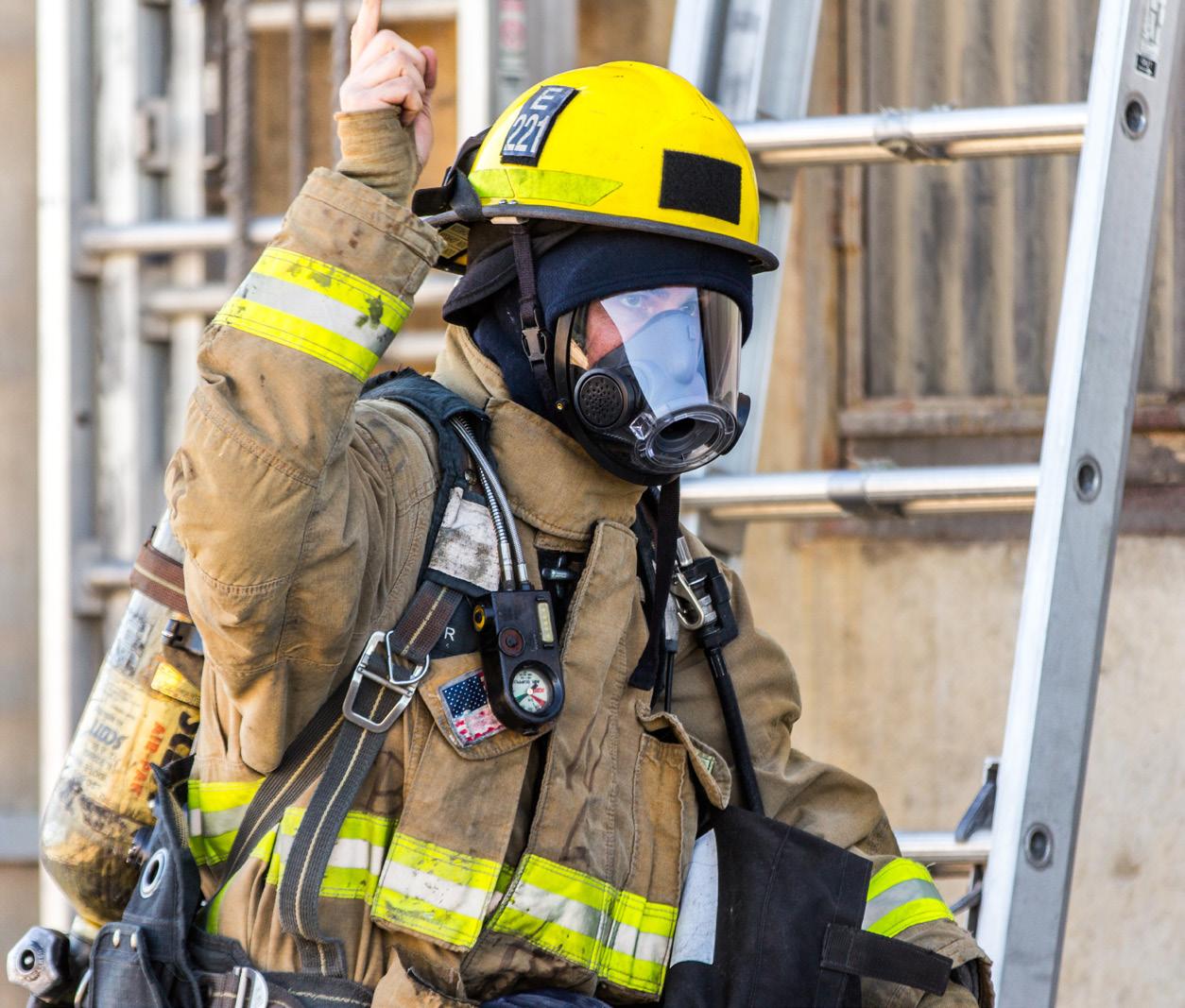FIRE DISTRICTS ASSOCIATION OF CALIFORNIA





2024 BOARD OF DIRECTORS
Eric Walder, President
Don Butz, 1st Vice President
Jeff Willis, 2nd Vice President
Richard Pearce, Treasurer
FDAC STAFF
Catherine Smith, Executive Director
Carmen Berry, Deputy Executive Director
Audie Whitt, Communications Director
Melissa Feltz, Coordinator
Anton Cervantes , Assistant
Brett Moore, Legislative Assistant
Sam Brown, Graphic Designer
Pexels, Pixabay, Adobe Stock and Unsplash
The purpose of this Association shall be: 1) to present a united position on fire protection issues; 2) to coordinate with other associations with similar views on fire protection, including legislation; 3) to provide advisory services and any other services deemed appropriate by the Board of Directors that may benefit member agencies; 4) to keep member agencies informed on laws relating to fire suppression, emergency medical and other related services provided by member agencies; 5) to take an active role in the legislative process affecting public agencies providing fire suppression, emergency medical and related services.
Thank you to all the authors in this issue for sharing with you their time and expertise. If you have an idea for a future article, please contact Carmen Berry at the FDAC office at cberry @fdac.org
Disclaimer: The views and opinions expressed in these articles are those of the authors and do not necessarily reflect the official policy or position of FDAC.
For more information on FDAC or this magazine, please contact the FDAC office at 916.231.2137 or visit the website at www.fdac.org
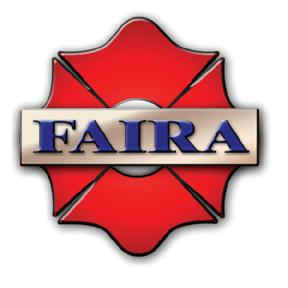
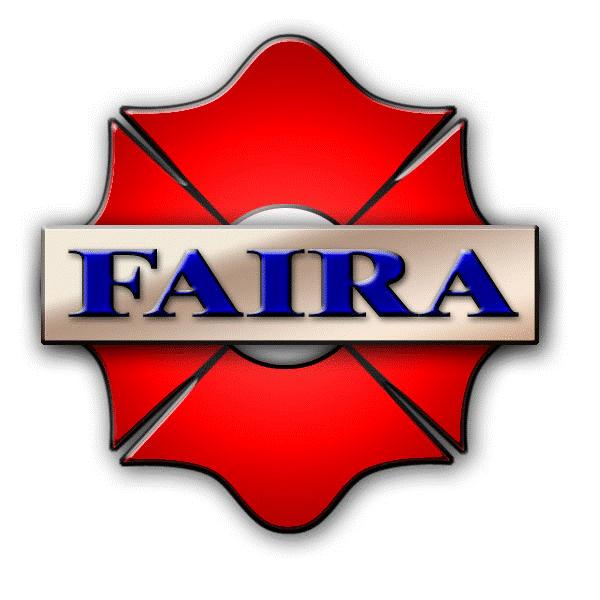
Susan Blankenburg, General Manager
1255 Battery Street, Suite 450 San Francisco, ca 94111
Office 415.536.4005 Toll Free 855.350-7617
Lowest Stable Premiums Available
Exclusively Fire & Emergency Service Agencies
Broadest Insurance Coverage Available
Risk Management Assistance
In 1987, one of the largest insurers of California Fire Districts informed the fire industry that they would not be renewing their insurance. FAIRA's first year of operation resulted in an immediate premium reduction of 30%, and that was just the start! Since then we’ve continued to see favorable outcomes for our members including a combined additional savings of over 10% in the past 7 years alone. Not only did we create a solution that guaranteed continuous coverage and reduced premiums, FAIRA is the largest and only multi-state Fire District pool in the United States and has saved millions of dollars.
Our members pay less in premium than they did in 1988 for exposures that have quadrupled. We provide our members with risk management and loss control services including contract review, live & online training and we provide insurance rates that lead the marketplace when it comes to coverage terms and pricing for Property, Vehicle & Liability coverage for Fire Districts and Emergency Service Agencies.
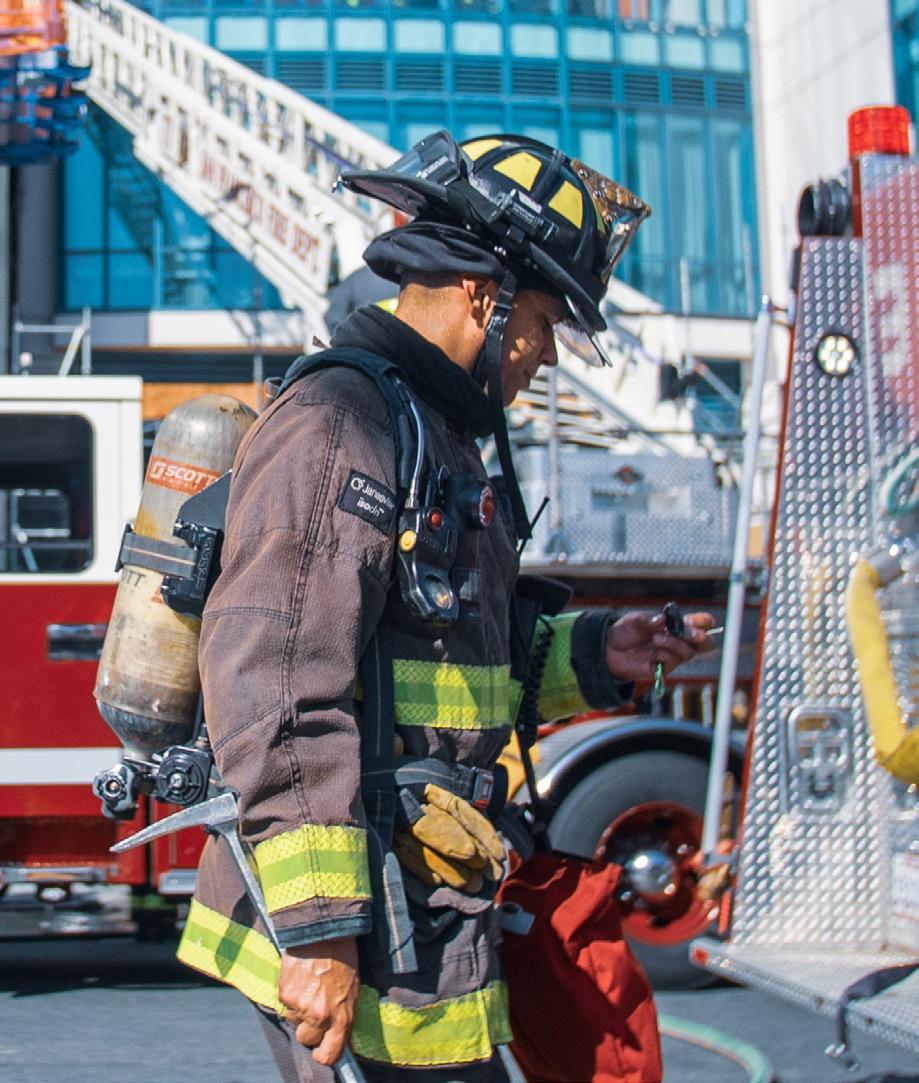
Check out the new Fire Risk Management Services (FRMS) website at www.frmsrisk.org! The website is a great source of information related to FRMS, including available services, scheduled events, contact information, agendas and minutes, and more. The materials in the Member Portal require a login. A welcome email with log in information will be distributed to the contacts we have on file for each member districts.
Please contact Monica Quintana at monica.quintana@sedgwick.com for questions or comments about the FRMS website.
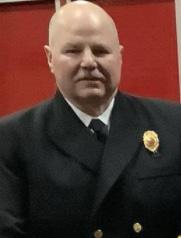
Eric G. Walder, EFO Waterloo Morada Fire Protection District, President FDAC
As I began writing this article, I reflected on the President’s Message I wrote last fall for FDAC, where I noted the changing seasons and our transition into the winter response. What a difference a year can make. This year’s fire season has been particularly intense, beginning in late May and continuing through today. Our Fire Districts, along with other local government partners, have been pivotal in the State’s firefighting efforts, providing over 50% of the resources for many State and Federal fires.
While we take pride in supporting these critical operations, the increasing reliance on local government is straining our employees and agencies, especially as California’s fire seasons grow longer and more severe. Although we are reimbursed for personnel, engine response, and most administrative duties, significant costs remain uncovered—such as those associated with dispatching and coordinating resources for State and Federal fires. California’s Mutual Aid system depends on local government daily, but the increasing burden makes it clear that State and Federal agencies need to provide more substantial financial support for the system they rely on so heavily.
To be fair, Cal Fire coordinates three of the six Mutual Aid regions, but local government agencies still manage a significant portion of this workload without additional funding, personnel, or technological advancements. The ongoing budget shifts and restrictions placed on Fire Districts have eroded our ability to maintain readiness and may affect our ability to consistently respond
effectively to California’s worsening fire conditions.
This brings us to one of FDAC’s top priorities: addressing the financing of Fire Protection Districts in California. Last year alone, over $100 million was shifted away from Fire Districts. These lost funds could have potentially staffed five hundred firefighter positions. Additionally, budget-limiting laws and decisions have hampered Fire Districts’ ability to appropriately staff and equip themselves. To address this, FDAC has prepared a White Paper outlining the historical and ongoing financial challenges faced by Special Districts providing fire protection and emergency services. We have been working closely with key fire service associations—such as the California Fire Chiefs Association, Metropolitan Fire Chiefs Association, California Professional Firefighters, California Special Districts Association, California State Firefighters Association, Volunteer Fire Leadership, and the League of Cities—to craft a unified message and gain their support.
After nearly a year of collaboration, we are close to finalizing this paper and will soon seek formal support from our partners. Once that is secured, we will bring our case to the State Legislature, Governor, and citizens of California. We aim to ensure a sustainable financial future for local government fire agencies by outlining the essential role Fire Districts play, not only in their local communities but also in the broader California Mutual Aid System.
While we applaud the State’s efforts to strengthen prevention and suppression
efforts within forest agencies, we must ask: Why is local government—the backbone of California’s emergency response—left out of budgetary investments? Without addressing this issue, the strain on local fire agencies will only worsen, making it harder to meet the growing demands of California’s fire seasons. The time to act is now!
We need to ask our lawmakers: What is the true responsibility of local government to forest agencies? Without proper financial backing, local government cannot continue to meet the demands placed on it, and our ability to respond effectively to California’s escalating fire conditions will be jeopardized. Mutual Aid is a passion of mine, and I know firsthand how essential it is to California’s fire response. But without meaningful support, the system we rely on daily will be in jeopardy.
As FDAC continues to advocate for the fiscal sustainability of Fire Protection Districts, we remain equally committed to leading in Fire District governance, management, and leadership training. Our organization offers three core programs that provide critical education to the California Fire Service. This includes our Annual Conference, the only one specifically designed for California Fire Districts—which will take place in Napa from April 1st to 4th, 2025.
We also host the Leadership Symposium, most recently held in September 2024, which focuses on developing future fire service leaders. The symposium is designed to provide leadership training benefits for any fire service professional seeking to advance their career. In 2025, for the first time, we are excited to combine the Leadership Symposium with the Annual Conference. This integrated event will offer an enriched learning experience, allowing both current and aspiring leaders to connect and grow together in beautiful Napa.
FDAC also offers the popular Certificate of Achievement (COA) program, designed for
Board Members and Senior Fire Officers. The COA program provides hands-on knowledge of Fire District governance, budgeting, strategic planning, and current trends affecting Fire Districts. Our instructors—current and retired Fire Chiefs with experience leading Fire Districts in California—share real-world expertise. To accommodate the busy schedules of working Board Members, we offer weekend classes to ensure everyone has the opportunity to participate. Our next COA will be taking place in Orland, November 8th and 9th. Registration is closing soon so if you would like to take part in this training, please visit https://www.fdac.org/event/OrlandCOA or call our staff at 916-231-2941.
In addition to our educational efforts, FDAC maintains strong partnerships within California’s fire service leadership, particularly with the California Fire Chiefs Association (CFCA). We would like to recognize CFCA Past President Chief Heine for his exceptional leadership and unwavering collaboration with FDAC and the broader California Fire Service. On a personal note, I’d like to thank Chief Heine for being a mentor and role model to me. As we look to the future, we are eager to continue this collaboration with CFCA President Chief Brian Fennessy.
In closing, I want to thank everyone at FDAC who ensures we remain relevant and successful. From our Member Districts, Board of Directors, Education Committee Members, and Legislative Task Force Members to our management partners at Smith Moore and Associates—your dedication keeps FDAC at the pinnacle of fire service associations in California. Together, let’s continue to advocate for the support our local Fire Districts deserve, ensuring they can effectively protect our communities now and in the future. Thank you for your tireless work and commitment.
In appreciation,
Eric G. Walder, EFO President FDAC Fire Chief, Waterloo Morada Fire District
NOVEMBER 8 & 9, 2024 | 8:30 AM - 4:30 PM EACH DAY
GLENN COUNTY FARM BUREAU | 831 5TH STREET, ORLAND, CA 95963
$300 MEMBERS / $450 NON-MEMBERS

FDAC offers a “mobile” training program specifically designed for fire protection district board members and professional fire leadership. Governing a fire protection district has similar aspects to other special districts but yet unique requirements which is why FDAC offers the Certificate of Achievement (COA) program.
The COA course of instruction is presented over two days and will include the following topics:
• Legislations, Regulations and Code
• Board Organization, Roles, Responsibilities and the Brown Act
• Fire District Planning
• Latest Trends, Issues, and Resources
Each of these topics are presented through an interactive process by fire district professionals, well-versed in the understanding of what it takes to develop, manage, and maintain a successful organization.
Fire Districts Association of California

Chris Tubbs Fire Chief Southern Marin Fire District
Over the past three years, I have had the unique privilege of serving as one of your At-Large Directors, and in the leadership of one of FDAC’s key partners: CalChiefs (PresidentElect; President; and Immediate Past President). This has afforded me a wonderful opportunity to support and serve both associations simultaneously, which have so much in common. Though my term at CalChiefs is concluding, I look forward to continuing to serve this association as one of your At-Large Directors.
There are so many people that I must thank because without them our association would not exist, nor be effective. I must first thank Past President Jim Comisky and President Eric Walder, who I had the honor of working closely with while I served in the President and Past Present roles at CalChiefs. The strength and commitment of these two associations to each other, and the California Fire Service, is truly unique and special.
I must also thank the amazing team who are the Board of Directors, as well as our partners at SMA: Catherine Smith, Carmen Berry, Melissa Feltz, Anton Cervantes, Elizabeth Cardwell, Leo Orozco, Audie Whitt, and Brett Moore, our lobbyists at PPA, Russ Noack, Julie MalinowskiBall, Audra Hartman, Obed Franco, and Armand Feliciano. A truly inspiring group of individuals.
Two years ago, CalChiefs was appointed as a voting member of FIRESCOPE. As the CalChiefs rep I had the opportunity to not only represent CalChiefs, but working closely with Past President Comisky and President Walder, to ensure that the FDAC voice was heard and had influence at the BOD as well.
I must also call out the incredible work of President Walder in the leadership he has
taken on SB450, as well as the Mutual Aid Coordination Team (MACT) at FIRESCOPE. President Walder has worked tirelessly on behalf of our membership, and I find it inspiring to work alongside him on many issues.
This year EMSA and Director Basnett have taken on the difficult task of re-writing our EMS Chapter 1 (formally Chapter 13) regulations. A highly polarizing and emotionally charged endeavor, Director Basnett has skillfully built an effective team from the diversity of shareholders. Though the draft for this Chapter is not yet completed and there remains difficult issues to work through, our strong partnership with CalChiefs (who also represents FDAC in this committee), is ensuring that our interests and needs are being addressed and ultimately we hope to have a new set of regulations that will provide greater clarity and consistency, and remove some of the many controversies associated with the original chapter and how it was interpreted.
Our Joint Legislative Task Force, under the leadership of Deputy Chief Brian Helmick (FDAC) and Chief Don Butz (CalChiefs), working closely with PPA and our key partners, continue to labor through every legislative session with arguably great success. Each year, in partnership with PPA and the Joint Legislative Task Force, they not only review every proposed piece of legislation to determine its relevance to the fire service but also in the process of proposing and navigating through the legislative process, bills that we or other fire agencies have sponsored. This is exceedingly laborious, but also essential to ensure the California Fire Service voice is heard, and so that we can influence these proposed bills.
I must also thank the many individuals on our E-Board who serve on our FDAC Education Committee and produce great products such as our COA program. Chief Steve Hall
and Chief Steve Kovacs, who serve as our Chair and Vice Chair, continue to lead our committee effectively. They are exceptionally supportive of the entire committee, which collaborates to deliver high-quality content that our members find valuable. Speaking of quality, FDAC successfully hosted the 2024 Leadership Symposium in September in Sacramento. Despite the challenges posed by fire season, the commitment to educating the next generation of fire service leaders remained a top priority, resulting in a highly successful event. I am eager to see how this event evolves in the future, especially with the upcoming launch in 2025 of the combined Annual Conference and Leadership Symposium, which will take place during the same week in Napa!
Over the years I have learned to deeply appreciate the leadership of associations like FDAC and CalChiefs. Until you serve in leadership in those organizations, it is truly difficult to accurately describe to others the quality and professionalism of our leaders, the unceasing passion and dedication they bring to our association, the many initiatives, legislative issues, and a myriad of other bodies of work. Suffice to say this, I truly consider it a privilege and honor to work with these people on behalf of our members. I am regularly inspired by each of them, and I am consistently reminded of how fortunate we are to have selfless leaders like these, to represent our association and interests.
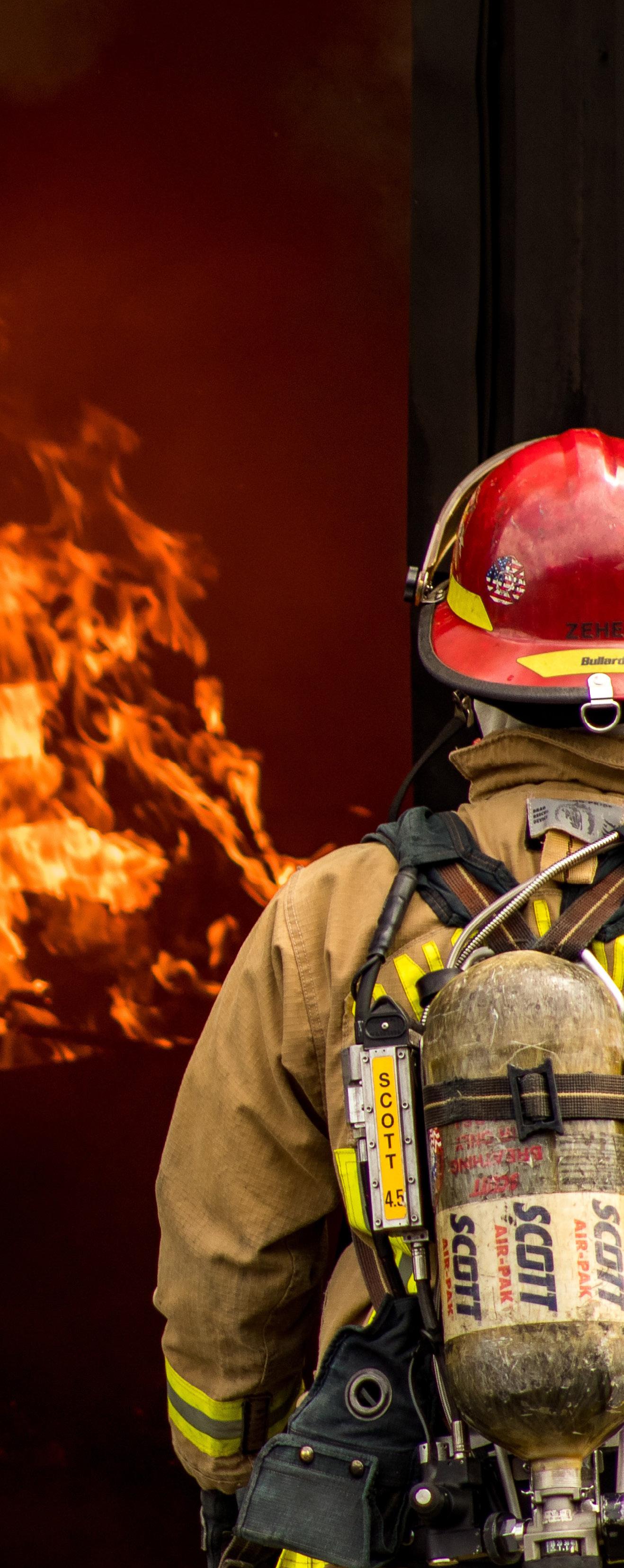
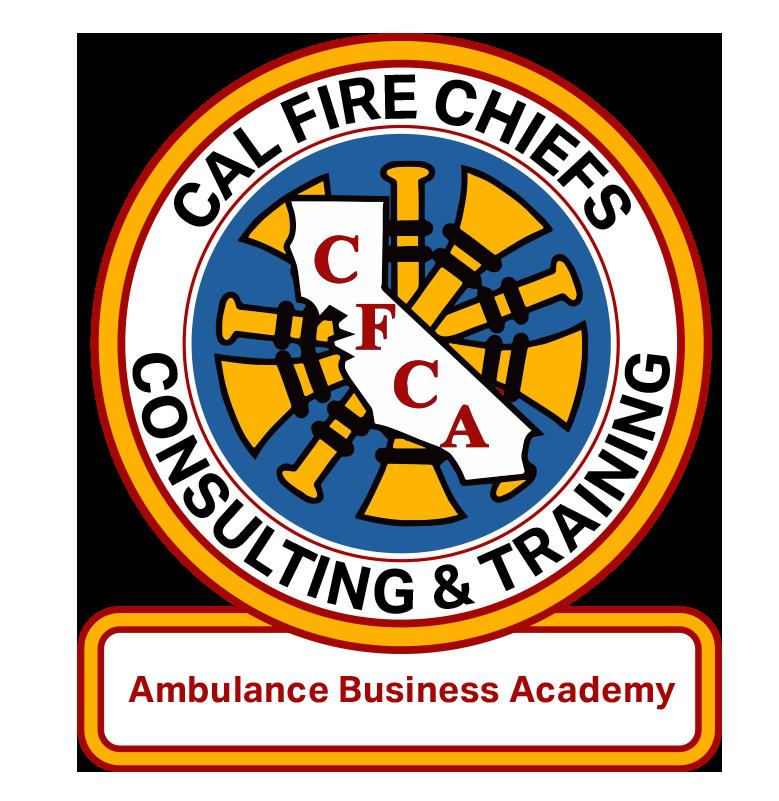
Unlock the full potential of your ambulance service with our expert-led ABA course. Designed for professionals, the ABA provides the knowledge and skills to excel in the industry.
Why Choose ABA?
Expert Faculty: Learn from Ray Gayk, Glenn Leland, and dynamic guest faculty covering fourteen essential topics.
Comprehensive Learning: Gain confidence through in-depth modules on business operations, regulatory compliance, marketing, leadership, and more.
Hands-On Experience: Participate in practical exercises, projects, and presentations to develop real-world skills, through ten full classroom days spread across two live-in sessions, about half that in virtual presentations, plus reading assignments and group discussions.
Networking: Build valuable relationships with peers and industry experts for ongoing support and collaboration.
Key Topics Covered:
• Business Operations
• Regulatory Compliance
• Marketing Strategies
• Leadership Development
• Technology in Ambulance Services
• Financial Management Register Now!
Space is limited. Secure your spot today and transform your ambulance business.
Empower your business. Elevate your service. Join us at ABA!

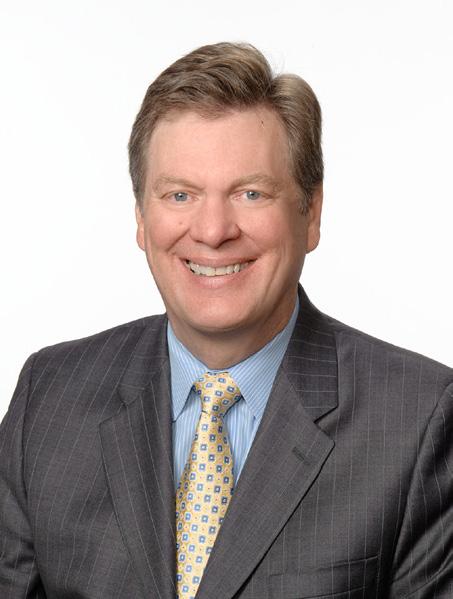
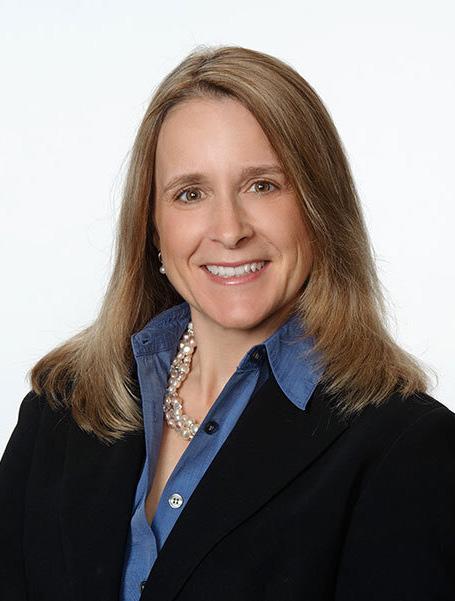
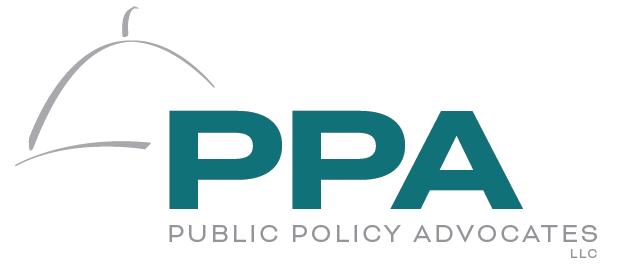
The 2024 Legislative Session has come to a close, marking a year of noteworthy progress in public safety, fire prevention, and budget management. Governor Gavin Newsom reviewed over 1,200 bills, many directly affecting fire services and emergency response sectors. Legislative efforts this year focused on protecting front-line workers, preparing communities for natural disasters, and addressing California’s ongoing fiscal challenges.
The Legislature, collaborating closely with stakeholders like the California Fire Chiefs Association (CalChiefs) and the Fire Districts Association of California (FDAC), pushed forward policies designed to enhance disaster readiness, support emergency responders, and ensure that California’s fire services have the resources they need.
One of the key legislative victories for the fire service this year was Assembly Bill 22251, authored by Assemblymember Rodriguez (D-Pomona). This bill, sponsored by CalChiefs and FDAC, amends the Evidence Code to protect emergency medical services’ quality assurance processes from legal discovery. By doing so, it ensures that EMS personnel can focus on improving service delivery without the risk of legal complications, an essential step in enhancing emergency care across the state.
In addition to this, Assembly Bill 2348, also authored by Rodriguez, sought to establish new guidelines for ambulance response times and specific exemptions. Although the measure went through several iterations, raising concerns about its scope and potential impact on local agencies, ongoing discussions between CalChiefs, FDAC, and the author led to a strategic pause. To avoid opposition from key stakeholders, the author ultimately decided to hold the bill. While the final position is one of support, this bill may well return in the future, as the issues it addresses remain critical for emergency medical response.
Other important legislative efforts revolved around how fees are collected and the timing of certain approvals for housing developments, which are critical for ensuring adequate funding for emergency services. For example, Senate Bill 9372, authored by Senator Wiener (D-San Francisco), prohibits local agencies from requiring the payment of impact fees until specific project milestones are met. This posed concerns for fire and emergency services, which depend on those fees. However, amendments were successfully negotiated that allow for the earlier collection of fees for fire and emergency services, leading CalChiefs and FDAC to change their position from opposed to neutral.
Similarly, Assembly Bill 27293 by Assemblymember Patterson (R-Rocklin) extends the expiration period for housing entitlements by 18 months for projects approved before
January 2024. Initially, this bill contained provisions that impacted the collection of fees, raising concerns within the fire service community. After successful negotiations to remove the impact fee component, the bill was amended, allowing our position to shift from opposed to neutral.
Finally, Assembly Bill 18204, authored by Assemblymember Schiavo (D-Chatsworth), addresses developers’ ability to request early estimates of fees for housing development projects. Originally, this bill raised red flags because it could potentially lock local agencies into preliminary estimates, leaving less room for necessary adjustments. However, through persistent collaboration with the California Special Districts Association (CSDA), we worked tirelessly to encourage amendments. These discussions led to critical changes that alleviated our concerns, and our position shifted from “oppose unless amended” to neutral.
Despite a challenging fiscal environment, with a $58 billion budget deficit, the 2024-25 Budget managed to prioritize fire safety and emergency preparedness. Lawmakers ensured that critical services received the funding necessary to keep communities safe in the face of growing threats from wildfires and other natural disasters.
Key budget highlights for fire services included:
• A $135 million investment in the Wildfire Mitigation Grant Program, providing local governments with the resources they need to enhance wildfire prevention efforts.
• Additional funding aimed at reducing ambulance patient offload times, streamlining coordination between EMS agencies and hospitals to improve response times.
• Significant support for vegetation management and fuel reduction projects, essential to minimizing fire hazards in vulnerable areas.
These budget allocations, alongside broader fiscal strategies like spending cuts and borrowing, ensured that fire services remained a top priority even as the state tackled its substantial deficit.
The 2024 Legislative Session was not just about addressing immediate needs—long-term planning was also at the forefront, particularly through the proposed Climate Resilience Bond (Senate Bill 867, Allen; D-Santa Monica)5. If approved by voters this November, Proposition 46 would provide $10 billion to fund initiatives aimed at combating climate change, enhancing wildfire prevention, and supporting clean water and air projects.
The bond’s potential impact on fire services could be substantial, with funds allocated for:
• Wildfire prevention and mitigation programs that would help local fire departments reduce fire risks and strengthen community defenses.
• Infrastructure improvements to ensure that communities are better prepared for future natural disasters.
• Initiatives focused on forest health and fire resilience, crucial to reducing the state’s vulnerability to devastating wildfires.
As 2024 wraps up, the Legislature’s efforts reflect a strong commitment to public safety, disaster preparedness, and fiscal responsibility. This year’s laws and budget decisions laid the groundwork for ongoing improvements in how California responds to emergencies and manages fire prevention efforts.
With vital funding secured and the potential for even more support through the Climate Resilience Bond, California’s fire services are poised to continue their critical work in keeping the state safe from both present and future threats.
1 Assembly Bill 2225 (Rodriguez); Chapter 329, Statutes of 2024; Signed by Governor Newsom on 09/20/2024.
2 Senate Bill 937 (Wiener); Chapter 290, Statutes of 2024; Signed by Governor Newsom on 09/19/2024.
3 Assembly Bill 2729 (Joe Patterson); Chapter 737, Statutes of 2024; Signed by Governor Newsom on 09/27/2024.
4 Assembly Bill 1820 (Schiavo); Chapter 358, Statutes of 2024; Signed by Governor Newsom on 09/22/2024.
5 Senate Bill 867 (Allen); Chapter 83, Statutes of 2024; Signed by Acting Governor Mike McGuire on 07/03/2024.
6 Proposition 4; California General Election, November 5, 2024; California Secretary of State Voter Information Guide.
Congratulations to Chief Mark Baker, Chief Steven Hall, and Chief Chris Tubbs on their remarkable achievement of being inducted into the CalChiefs Hall of Fame for 2024! This prestigious honor highlights their exceptional contributions, unwavering dedication, and lasting impact on the California fire service.
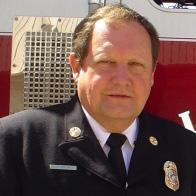
Mark Thomas Baker (January 15, 1953 – July 10, 2023) was a dedicated firefighter and former Fire Chief of the Lakeside Fire Protection District. Originally from San Diego, Baker’s career began with a passion for athletics and a goal to teach mathematics before he pivoted to firefighting in 1973. Throughout his extensive career, he served in multiple fire departments, including Cal Fire, the Orange County Fire Authority, and Laguna Beach Fire Department. He became Chief of the Lakeside Fire District in 2004 and later served as a director until his passing. Known for his kindness, mentorship, and commitment to family, Chief Baker’s legacy lives on in the lives he touched both within and beyond the fire service.
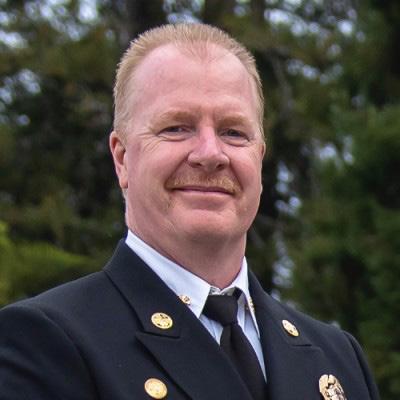
WChief Chris Tubbs began his fire service career in 1978, serving with distinction at the Mercer Island Fire Department in Washington and, since 2014, with the Southern Marin Fire District in California. Chief Tubbs’s notable leadership in emergency management includes his vital role on the Washington State Urban Search and Rescue Team (WATF-1), where he responded to major national incidents such as the Oklahoma City Bombing and Hurricane Katrina. His service extends to influential roles within CalChiefs and national safety organizations, underlining his commitment to advancing fire service operations and technology.
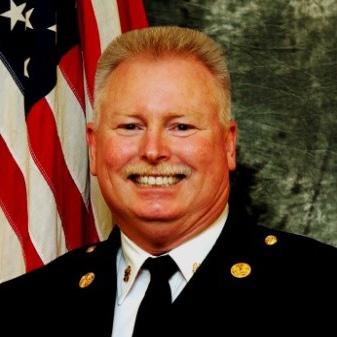
Chief Steven Hall brings over 29 years of fire service experience, including nearly two decades in chief officer roles, most recently with the Central Fire District of Santa Cruz County. Known for his passion for improving California’s fire services, Chief Hall has held numerous leadership positions within the California Fire Chiefs Association and the Fire Districts Association of California. His dedication to learning and professional development is evident in his academic achievements, including a master’s in executive leadership, alongside advanced certifications as an Executive Fire Officer and Chief Fire Officer.
e extend our heartfelt congratulations to these distinguished leaders whose careers exemplify excellence, service, and the spirit of innovation in California’s fire service. Their induction into the CalChiefs Hall of Fame is a well-deserved honor, recognizing a legacy that will inspire future generations of fire professionals.
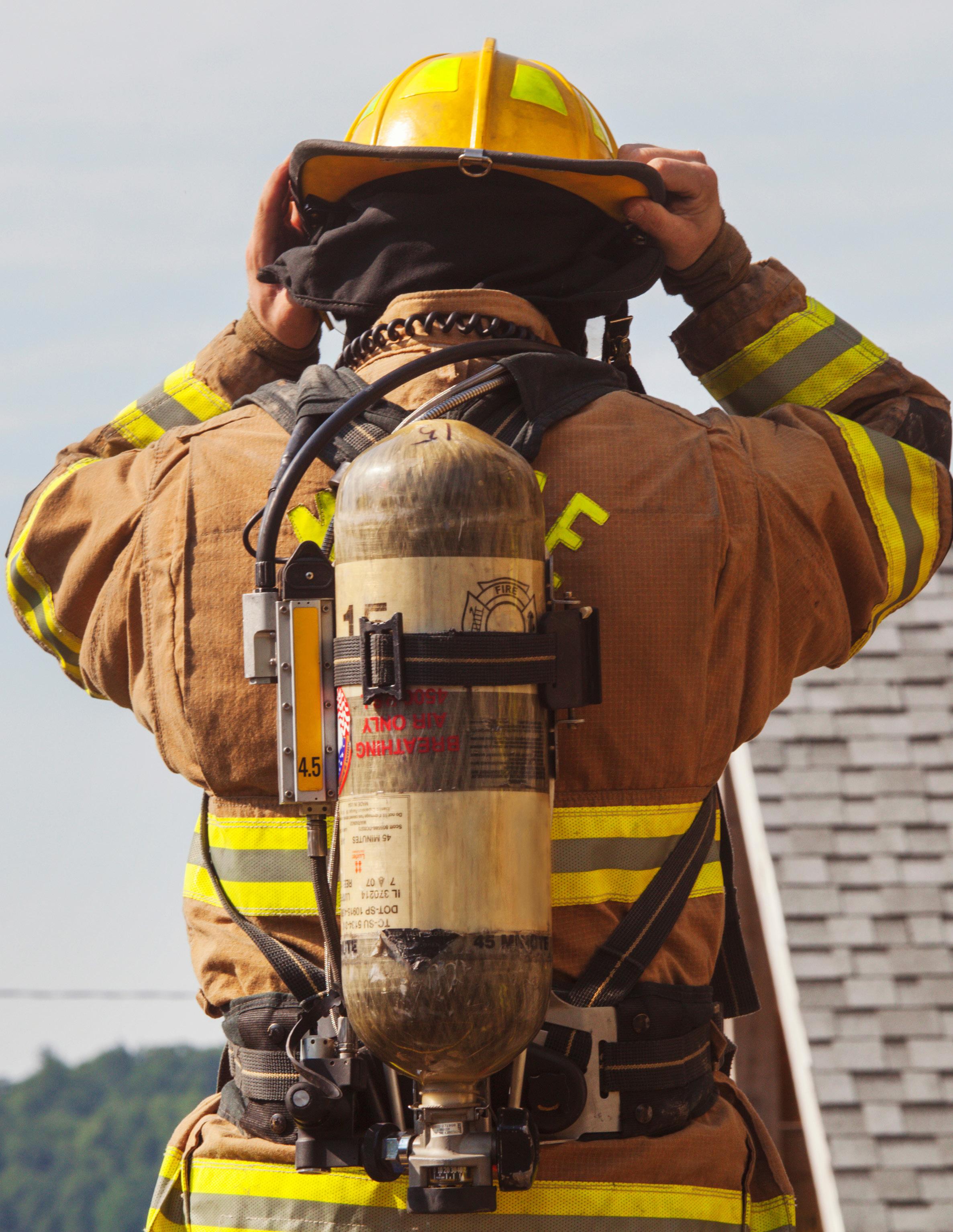
THANK YOU TO OUR 2024 SPONSORS!


Dear Attendees and Exhibitors,
Thank you for making this year’s FDAC Annual Conference in Monterey, CA a resounding success! With record-breaking attendance at a brand-new location, your participation and enthusiasm were instrumental in creating an event that exceeded all expectations. This conference plays a crucial role in educating attendees about the latest developments in the fire industry, and your support helps make that possible. We are grateful for your involvement and look forward to seeing you again at next year’s annual conference in Napa, CA.









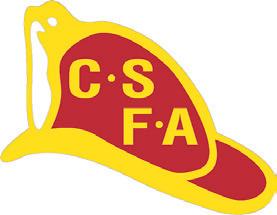
We are excited to announce that starting in 2025, the FDAC Annual Conference will be combined with the Leadership Symposium! This new format aims to bring together current and emerging leaders in the fire service, fostering enhanced networking, idea-sharing, and a broader range of content for all attendees.
We invite you to contribute your session ideas for this exciting event. Your input is vital to shaping a successful program.
Please submit your session proposals by December 20, 2024. Together, we can create an impactful experience for all participants.

Mark your calendars: the 2025 Annual Conference + Leadership Symposium will take place from April 1-4, 2025, in Napa Valley. Registration will open soon!
We encourage you to share this information with your department, district, and peers. Let’s make this inaugural combined event one to remember!
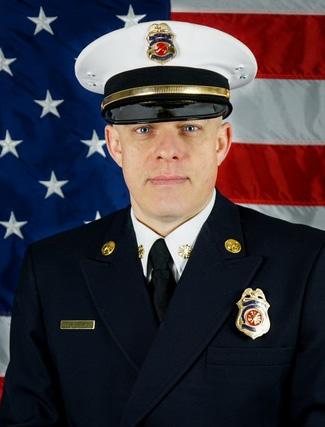
Brian Helmick
Deputy Fire Chief
Contra Costa
County Fire Protection District
Fire districts are essential to community safety, delivering critical services in fire prevention, emergency response, and rescue operations. However, the demanding nature of these roles can significantly impact the mental health of fire service personnel. It is crucial for fire districts to prioritize mental health services for all employees, including those in administration, support services, prevention, and operations.
Firefighters and emergency responders encounter unique stressors, such as highstakes decision-making, exposure to trauma, and irregular work hours. These factors can lead to mental health challenges, including anxiety, depression, and post-traumatic stress disorder (PTSD). While many fire districts have initiated programs to address these concerns, there is an urgent need for a more holistic and collaborative approach.
Investing in mental health services not only supports employee well-being but also enhances operational effectiveness. When personnel receive adequate mental health support, they are better equipped to manage the stresses of their roles, resulting in improved performance, reduced absenteeism, and lower turnover rates.
Fire districts should collaborate with neighboring districts and regional partners to strengthen mental health and wellness programs. A regional approach allows for resource pooling, best practice sharing, and
innovative solutions that may be unattainable for individual districts. This collaboration can lead to comprehensive mental health programs that benefit all personnel within a county or region.
For example, regional mental health initiatives could include joint training on mental health awareness, shared access to counseling services, and coordinated peer support programs. By working together, fire districts can engage in research and pilot programs to identify and implement effective mental health support strategies.
Fire districts seeking to enhance mental health and wellness programs can utilize various resources:
• National Fallen Firefighters Foundation (NFFF): Offers resources like the Fire Service Behavioral Health Alliance (FSBHA), providing tools for developing tailored mental health programs.
• International Association of Fire Fighters (IAFF): Provides guidance on implementing mental health programs and operates the IAFF Center of Excellence for Behavioral Health Treatment and Recovery, offering specialized services.
• Firefighter Behavioral Health Alliance (FBHA): Focuses on suicide prevention and mental health awareness, offering training and resources for improving mental health support systems.
• Substance Abuse and Mental Health Services Administration (SAMHSA): Offers funding opportunities and guides for creating and enhancing mental health programs.







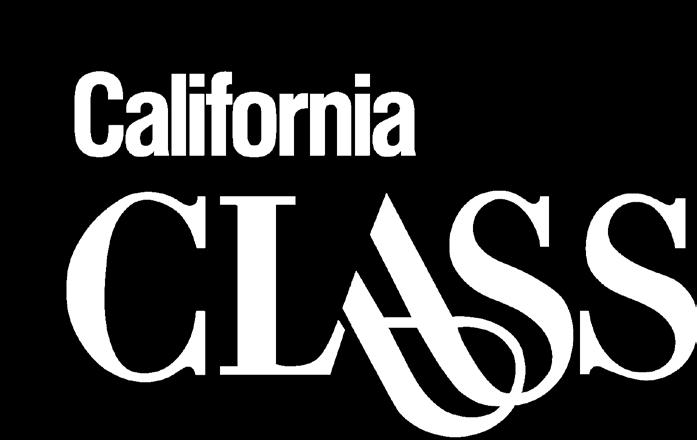
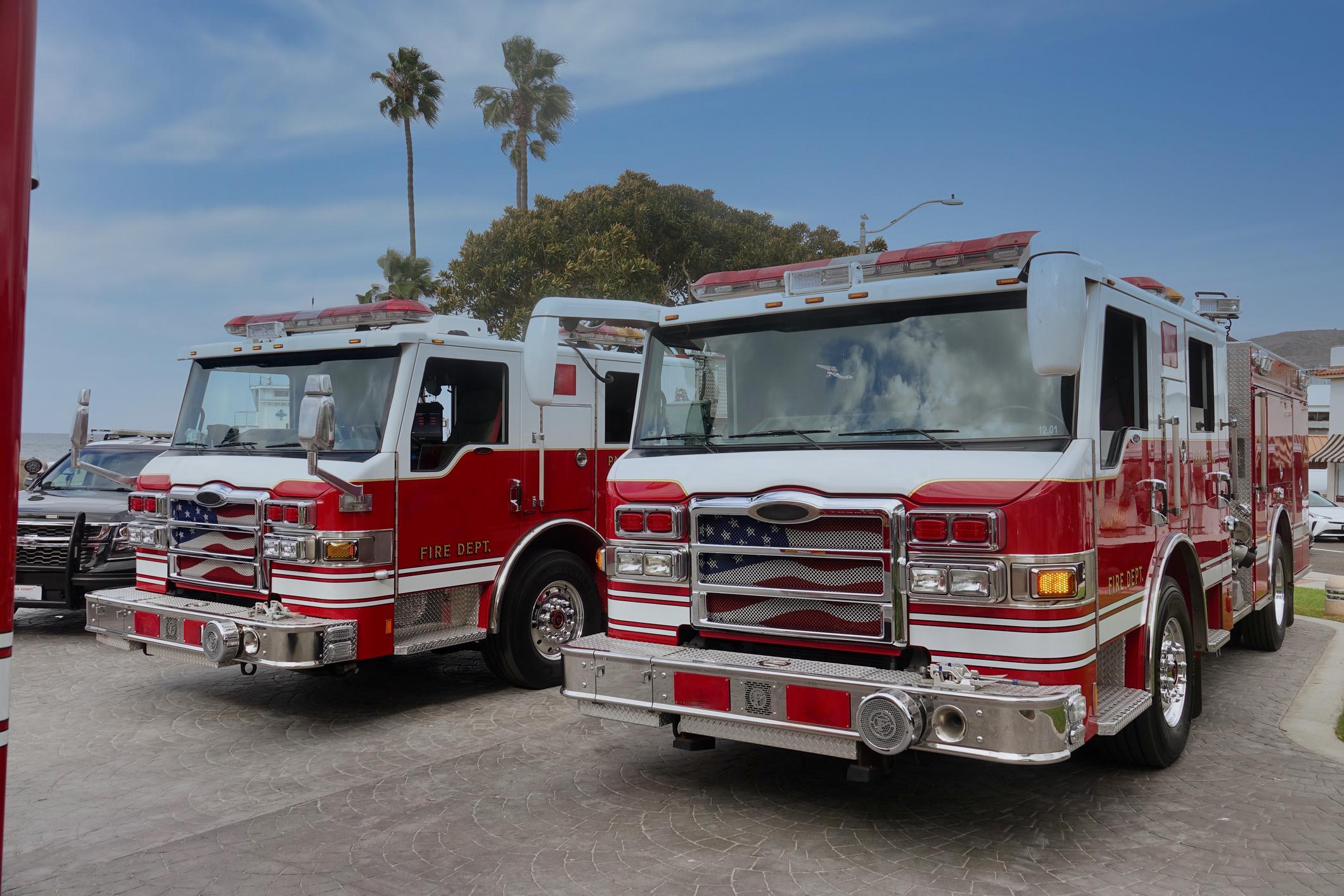

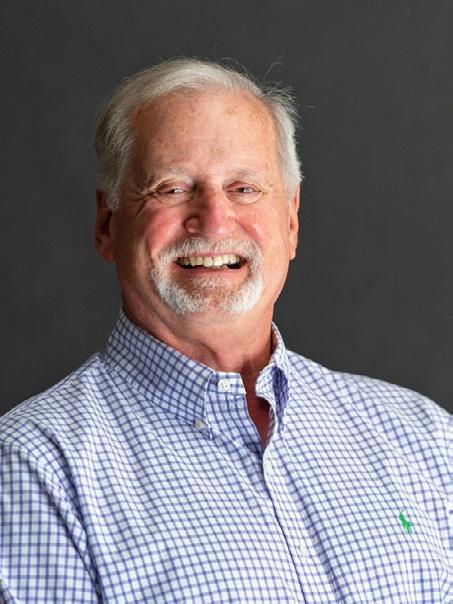
Robert Silano
Director: Menlo
Park
Fire
Protection
District
The After Action Report for the 2700 Middlefield Road fire in Redwood City examines the events surrounding the June 2024 incident. The report reviews the collaborative response between fire and emergency services, identifying both successes and areas for improvement. Key issues such as communication breakdowns, resource allocation, and incident command are discussed, with a focus on operational effectiveness.
The report emphasizes the importance of inter-agency coordination and realtime decision-making. It highlights several challenges faced during the incident, including difficulties in securing a water supply and navigating the complex layout of the building involved. Additionally, the report stresses the need for improved radio communication, as
some responders faced connectivity issues that hindered their ability to relay critical information. These insights are accompanied by recommendations for addressing these gaps to improve future response efforts.
In addition to identifying the operational challenges, the report also outlines successful strategies used in the incident, such as the effective use of mutual aid and the ability of responders to adapt to evolving circumstances. Training, pre-planning, and familiarization with building layouts are emphasized as key factors for successful firefighting operations. For fire and emergency professionals, this report offers critical insights into enhancing fire response effectiveness.
Read the full report here

Would you like to see your Fire Districts photo in FDAC publications and marketing material? We are looking to share the face of California local government fire. If you have photos that you would like FDAC to consider, please upload them to the dropbox link below.
*FDAC reserves the right to choose photos as it seems fit, there is no guarantee that photos will be selected for use. This continuity has created a culture of community. As the community and State continue to change LFPD, as well as all special districts, we are all experiencing challenges in funding, growth, and providing the highest level of service possible.
